
Vivify STEM Blog
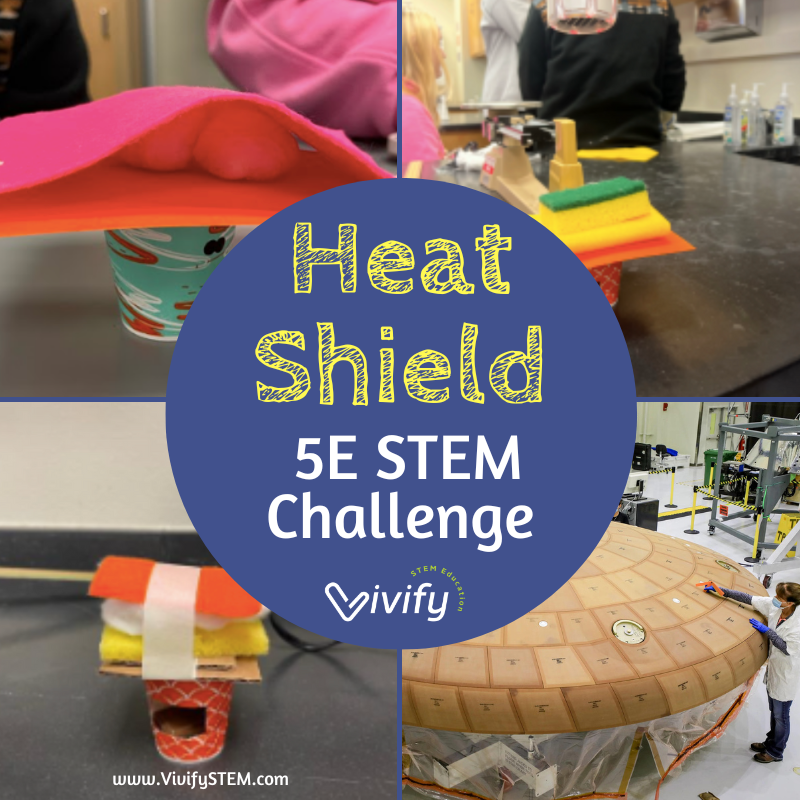
Space Engineering: A 5E Science Unit on Heat Transfer
Did you know that when space crafts re-enter Earth’s atmosphere, that they travel at speeds of up to 17,500 miles per hour and heat up to 5,000 degrees Fahrenheit? How does NASA keep its astronauts safe in spaceships when re-entering Earth’s atmosphere?
Get your students engaged about the science of heat transfer with a 5E STEM challenge that culminates with students creating a heat shield to protect a space craft and (chocolate) crew! This engineering challenge covers concepts about convection, conduction, and radiation with hands-on activities, including investigating different methods to melt an ice cube.
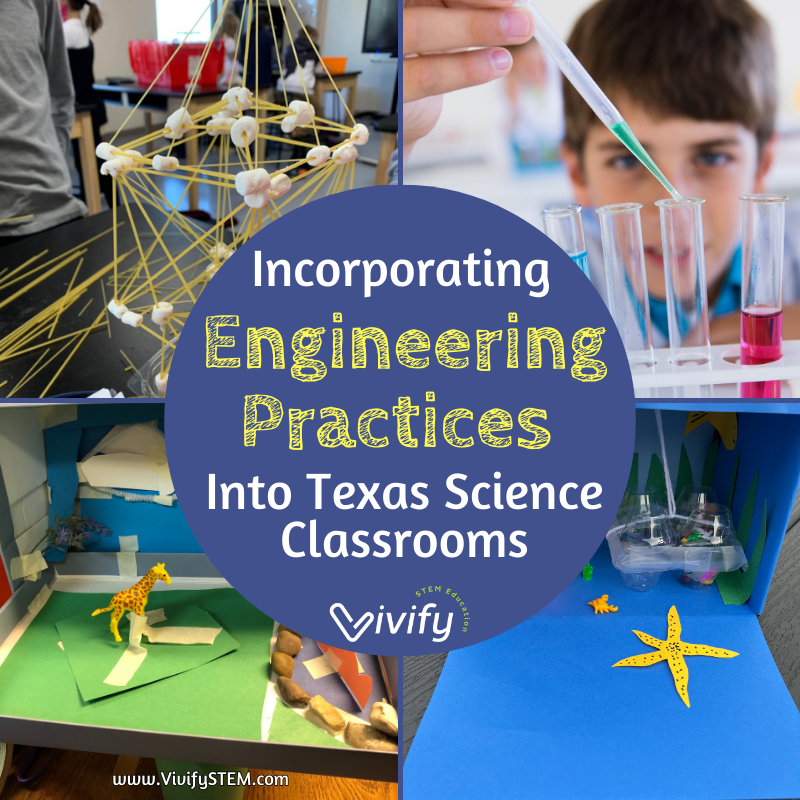
Incorporating Engineering Practices into Texas Science Classrooms
If you're a Texas educator, you’ve likely heard about the new science standards that now include engineering practices. But you might be wondering: What exactly are they, and how can you integrate them into your teaching?
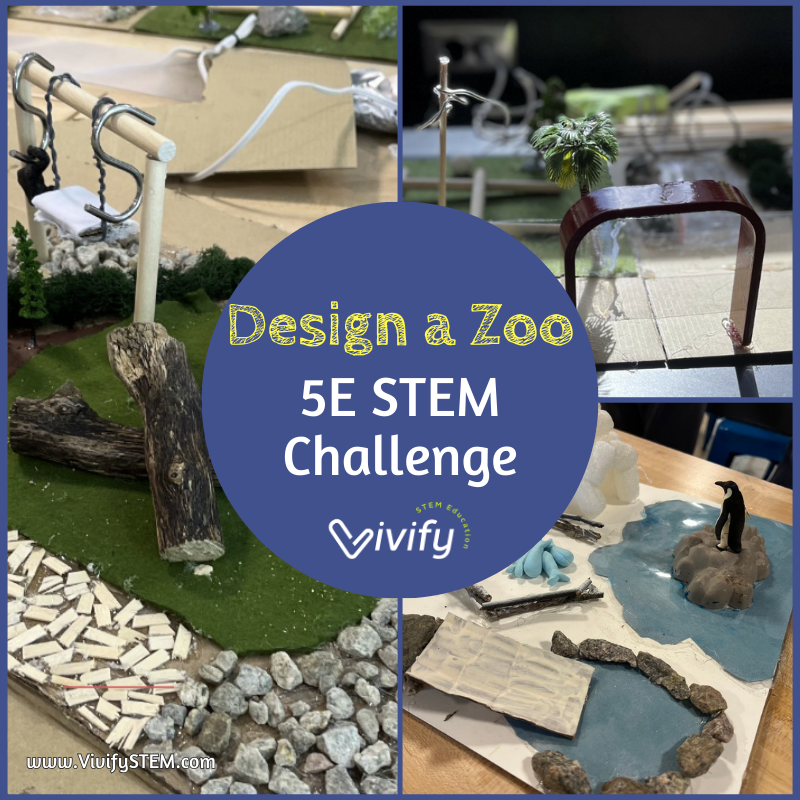
Design a Zoo 5E STEM Project
Have you ever wanted to own a zoo? With this STEM challenge, you and your students can!
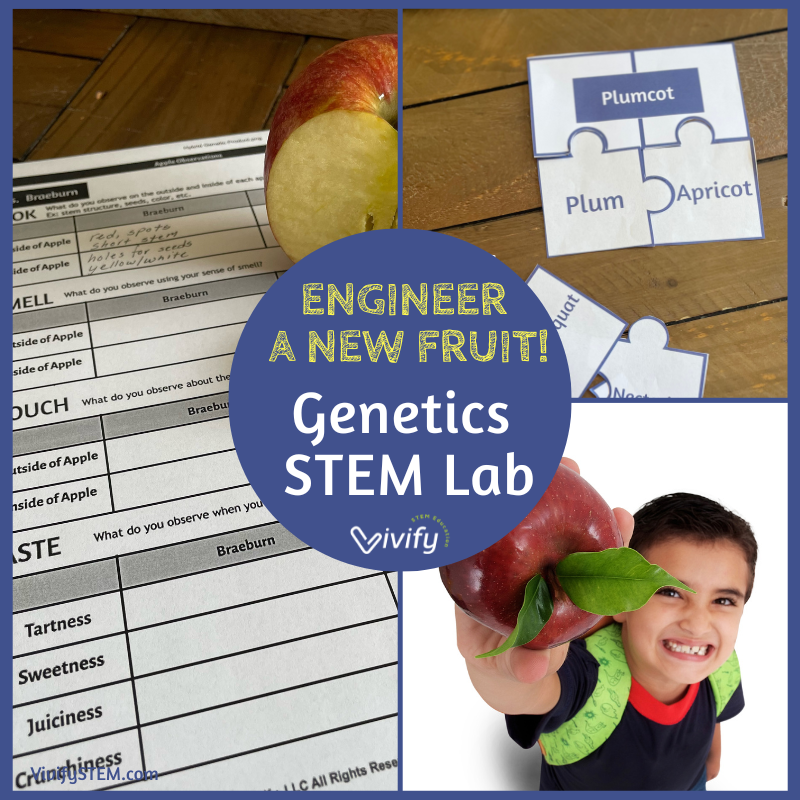
Engineer a New Fruit! Genetics STEM Lab Activity
Are you ready to take your students on a fun and hands-on journey into the realm of genetics? Blend engineering principles with the tantalizing world of culinary delights with this delicious STEM lab! Read on to explore how food can become the ultimate medium for engaging K-12 students in thought-provoking lessons about genetics and food engineering concepts.
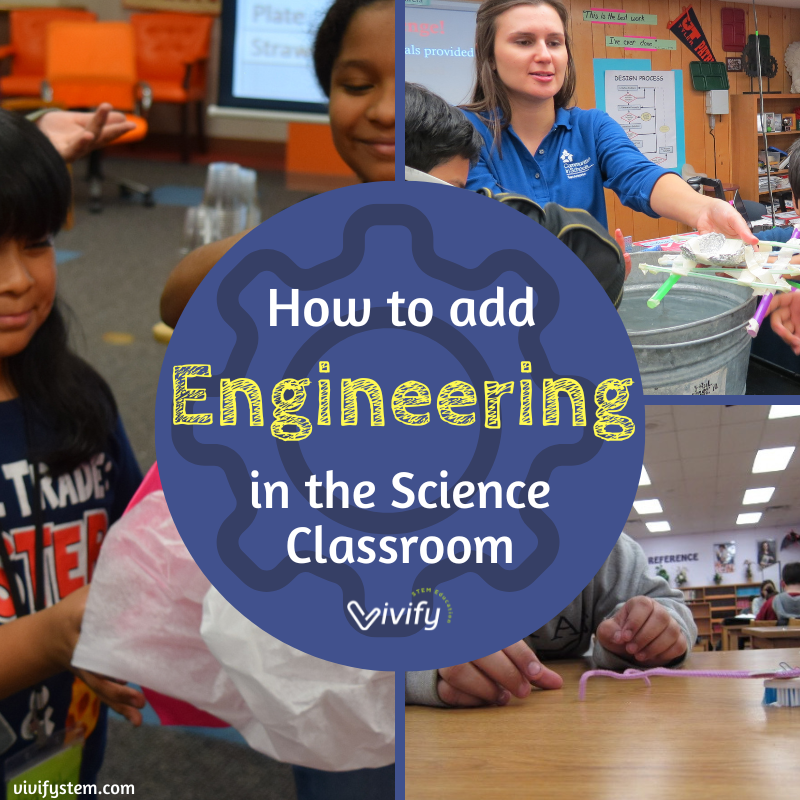
Engineering in the Science Classroom
Help! I am a science teacher, and I am trying to figure out how to integrate engineering in my classroom! Which engineering challenges best support science learning? What about engineering practices? Why should I even integrate engineering into science instruction?
Using the Next Generation Science Standards (NGSS) as a guide, we break down the best ways to add engineering design to enhance science in your elementary and middle school classroom. It’s a big topic to tackle, but we try to provide simple strategies, recommended lessons, and more resources to get you started.
